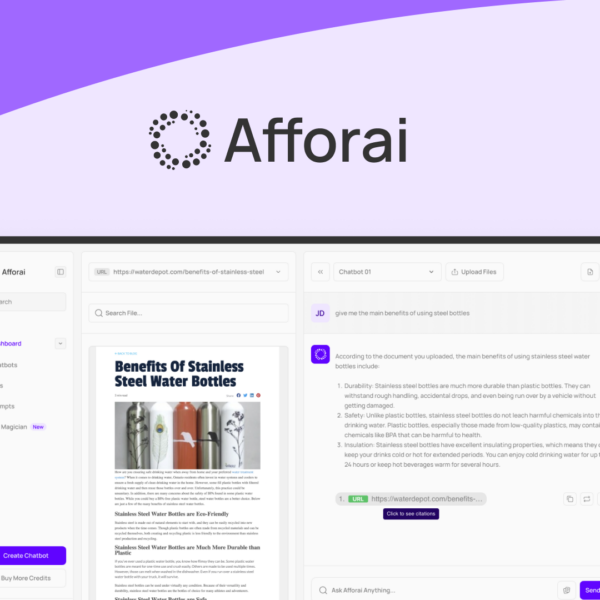Ever wondered why your SaaS product isn’t resonating globally? Localization is the answer! In a world where businesses reach far and wide, adapting your offering to local cultures is vital.
Localization is all about adapting your software to fit different regions and cultures. It isn’t just about translating text into another language. It involves understanding local customs, preferences, and even legal requirements.
Why Localization Matters
When your SaaS product feels familiar to users, they’re more likely to engage with it. A localized product makes users feel like it was made just for them. This leads to better satisfaction and higher retention rates.
Key Elements of Localization
The main elements of localization include language translation, cultural adaptation, and compliance with local laws. Each of these plays a crucial role in ensuring your users have a seamless experience. For instance, you might need to change the date format or currency to match local standards.
Steps to Localize Your SaaS Product
Begin by identifying your target markets. Research what languages and cultures are prevalent there. Then, collaborate with native speakers to translate your content accurately. Once translated, test the product to ensure it works perfectly in the new language and cultural context.
Benefits of Effective Localization
Effective localization can significantly boost your market reach. It allows you to tap into new customer segments who prefer software that feels familiar. Additionally, engaging with local customers builds trust and loyalty.
Conclusion
In a globalized world, failing to localize your SaaS can leave you behind competitors. Localization isn’t just a nice-to-have; it’s a vital part of your growth strategy.




